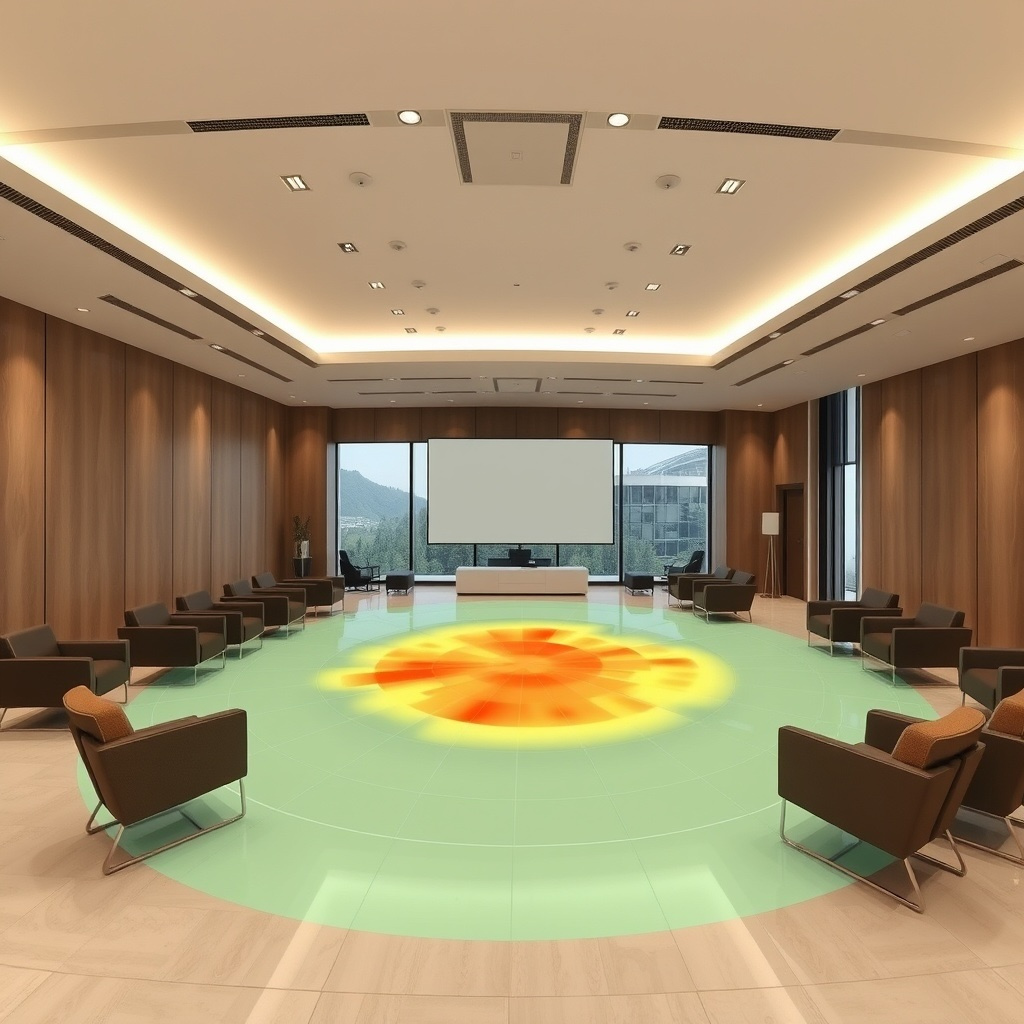AVIXA Standards at the Core of Ambientes Inteligentes' Projects

The sound quality in a space depends on much more than just the installed equipment. Factors such as speech intelligibility, sound pressure levels, and coverage uniformity are essential to delivering effective auditory experiences—especially in environments like meeting rooms, auditoriums, or convention centers.
Ensuring these parameters are addressed from the design phase has become a key focus for integrators, architects, and developers.
In this context, the company Ambientes Inteligentes has developed Servicios Acústicos, a proprietary methodology based on international standards—such as those published by AVIXA—to ensure that spaces meet measurable and repeatable acoustic performance criteria.
Their approach includes everything from predictive acoustic modeling during the design phase to on-site measurements that verify compliance with standards like ANSI/AVIXA A102:01:2022 (Sound Coverage) and ANSI/AVIXA A103:01:2022 (Spectral Balance). These tools allow potential issues to be identified before they arise and support design decisions with technical data.

Juan Fernando Montoya, CEO of Ambientes Inteligentes, explains: "It’s essential to evaluate the environment as the first step. In the process we’ve developed, we conduct an acoustic diagnosis of the space based on international standards, with the goal of optimizing audiovisual and communication system performance.”
The second step involves moderation and prediction, using advanced acoustic simulation to forecast how the space and equipment will behave before implementation or final tuning.
The third phase is on-site measurement, meaning a precise in-field acoustic evaluation using certified equipment to validate compliance with standards and fine-tune existing designs.
The company also performs speech intelligibility testing (STI) and sound pressure level analysis (SPL)—key components for assessing the effectiveness of AV systems in real environments. This gives project stakeholders objective data on acoustic quality, going beyond subjective impressions.
Studies and Standards
More specifically, Ambientes Inteligentes applies:
- Sound Pressure Level Response Study (SPL)
- STI Response Study (IEC60268-16 ED4 2011)
- ACU Response Study (ANSI/AVIXA A102:01:2022)
- SB Response Study (ANSI/AVIXA A103:01:2022)
- Full study including SPL + STI + ACU + SB
In real-world projects, this approach offers differentiation and professionalism, optimized designs, reduced risks, greater clarity, and improved sound quality and user satisfaction.
"Implementing AVIXA standards in our Servicios Acústicos methodology has allowed us to systematize excellence. We no longer rely on intuition, but on measurable data and repeatable processes. This ensures that every design meets objective performance criteria from the beginning, resulting in significantly fewer post-installation adjustments and greater predictability in final outcomes for our clients—ultimately ensuring a truly positive user experience," concludes Juan Fernando.
This approach, aligned with professional AV best practices, is a concrete contribution to stronger, more user-centered projects.
Would you like to learn more about AVIXA standards and how they can benefit your business? Discover all the advantages—in Spanish or English.
This article was originally posted in Spanish by AVIXA Español and in Portuguese by AVIXA Português.






Please sign in or register for FREE
If you are a registered user on AVIXA Xchange, please sign in
This is an excellent approach!
I completely agree that delivering high-quality sound in a space goes far beyond selecting the right equipment.
It’s impressive to see how predictive modeling, on-site measurements, and objective metrics such as STI, SPL, ACU, and SB studies can optimize AV system performance and improve user satisfaction. This is a great example of turning best practices into tangible results for clients and users alike.
Thank you for sharing !
Thank you for reading! And yes, while gear matters, it’s the process and planning that truly elevates performance. Predictive modeling and on-site data help us move from theory to practice in a way that really serves the end users. I appreciate you taking the time to share your thoughts! @Alexis Bou Farhat, CTS-D, CTS-I